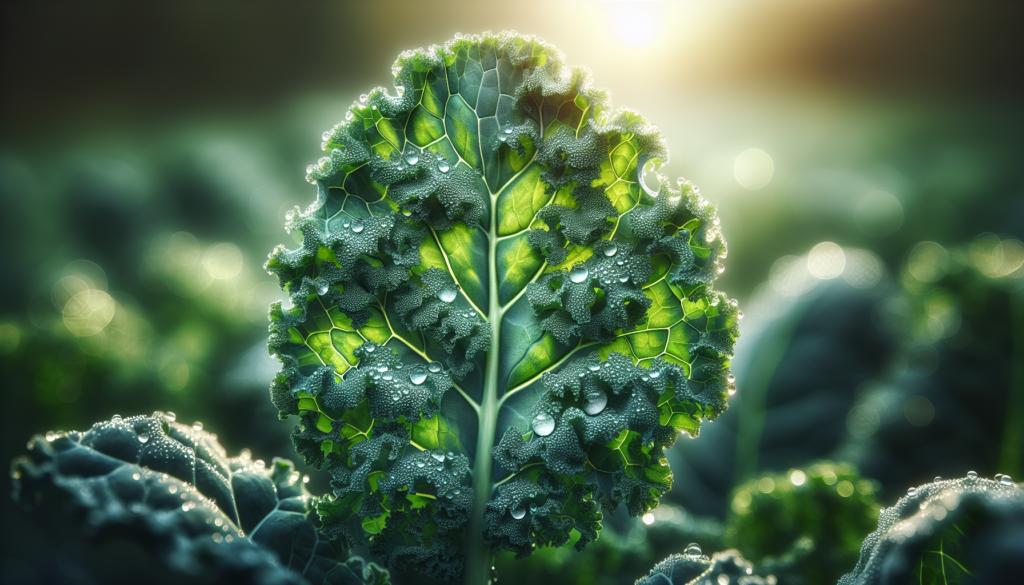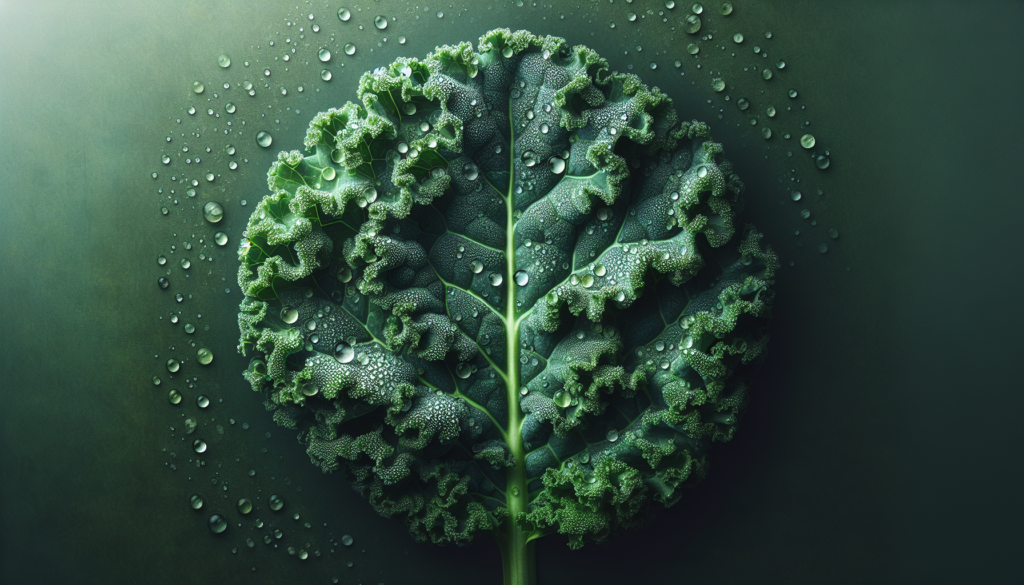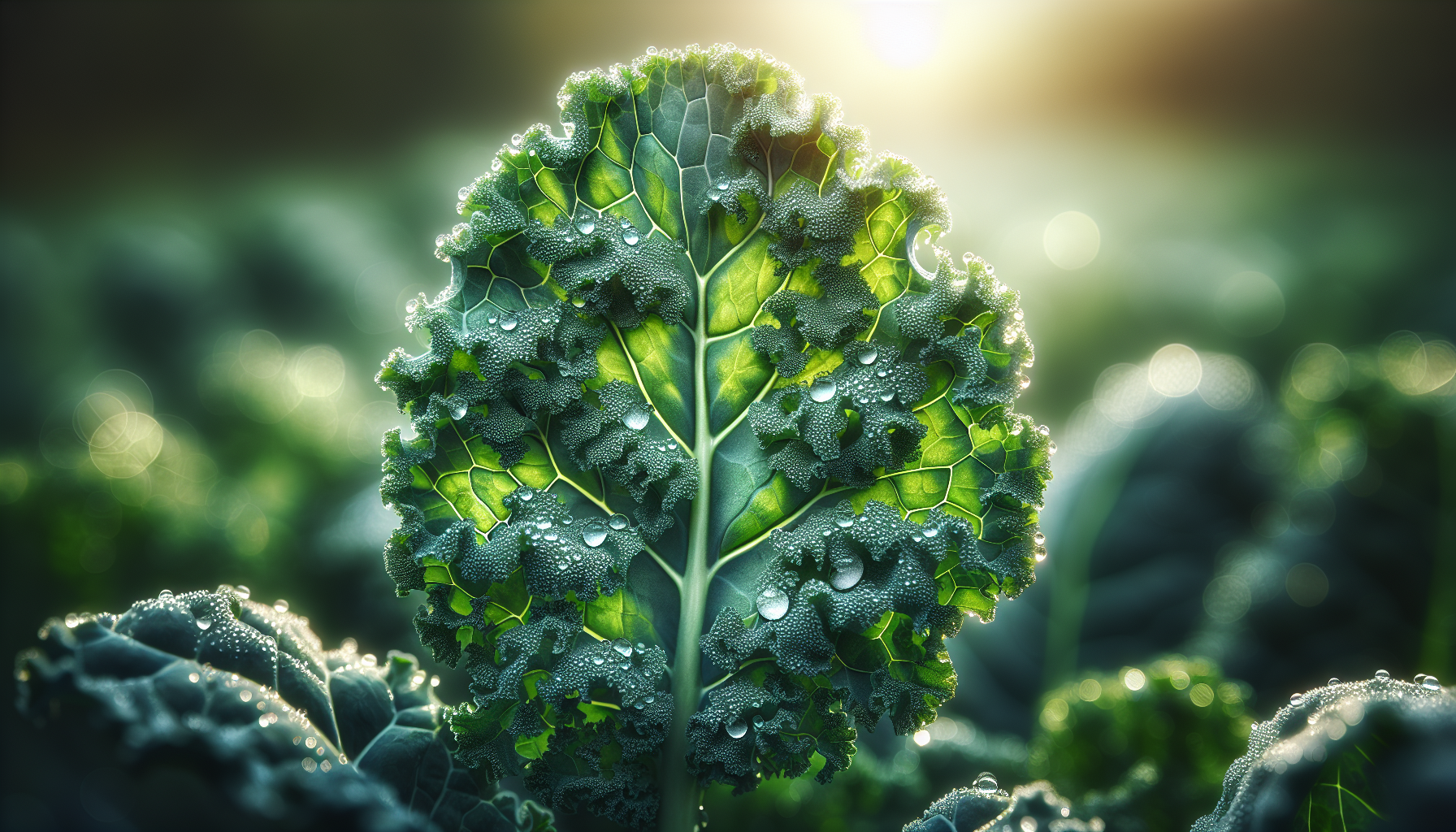Have you ever found yourself staring at a mysterious chia seed pudding, wondering what in the world makes it a “super” food? You’re not alone. This culinary scavenger hunt for nutritional unicorns has become somewhat of an obsession in recent years. In your quest for vibrant health, you might think these so-called superfoods are the secret passageway to becoming an ethereal being of health and wellness. So, let’s take a comical jaunt into the research behind these revered foods—those kale smoothies and goji berries you’ve heard so much about—and see what’s real and what’s just very good marketing.

Superfoods: A High-Flying Claim
Let’s cut to the chase. There’s no wizard hidden in the kale patch. The term “superfood” isn’t a scientific term at all, unless you count marketing as a science—which, let’s face it, with the number of ads we all click on, might just be the case! Foods dubbed as “super” are often rich in compounds like antioxidants, fiber, fatty acids, or other nutrients that have been shown through peer-reviewed studies to contribute to your health and well-being. But don’t start fitting your curtains with leaves of kale just yet.
The Psychology of the Superfood Craze
It’s quite the psychological phenomenon, isn’t it? You hear a food is “super,” and suddenly it’s as though eating it might just bestow upon you the ability to walk on water or at least to never have to do another burpee. The mighty goji berry, for instance, hails from the Orient and comes wrapped in mystical notes of longevity and vitality. But before you quit your gym membership, remember that superfoods aren’t a silver bullet. Or, if they are, they’re a bullet that requires support from regular exercise and a generally balanced diet of… gasp, not just superfoods!
The Antioxidant Appraisal
You’ve heard antioxidants are great, right? They’re like the bouncers of your body, keeping the riffraff free radicals in check. These sassy little molecules scavenge the body for these said radicals, which can go rogue and cause damage linked to heart disease, cancer, and other unsavory health issues. But here’s a twist: overloading on them doesn’t turn you into a Marvel superhero. Who knew, right?
The Bountiful Blueberry
Enter the blueberry, strutting its antioxidants like a disco king. Studies suggest blueberries may support cognitive function and reduce the risk of cardiovascular disease. Add them to your breakfast cereal, I say! But remember, it doesn’t hurt to wash them first. Your cereal doesn’t need that extra dirt-based crunch.
The Glorious Goji Berry
And then there’s the goji berry, whose intimidators call a mere raisin with better PR. High antioxidant levels lead some to believe it could bolster immune function and protect the eyes. But while it could delight your eyes, don’t expect it to have you seeing in the dark.
Fiber Galore
Fiber is like the unsung hero of bodily health functions. It keeps things moving, so to speak—much like caffeine after your morning cup of joe. Superfoods often come stuffed with fiber, making them the prune’s hipster cousin twice removed.
Hail to Kale
Oh, kale! The king or queen, or maybe the non-binary ruler of the superfood kingdom. It’s the celebrity green that’s tough to chew but thought to help cholesterols and carbohydrate metabolism. It’s invited to every health nut’s smoothie party, but remember to mix well. No one needs a giant kale leaf gate-crashing a delightful sip.
Quinoa: The Tiny But Mighty
Quinoa, pronounced keen-wah by those who didn’t stumble upon it via text before hearing the word, is a complete protein source. Yes, you can swap it in for rice, but be sure to rinse it well—otherwise, your taste buds are in for a sassy surprise involving a bitterness they won’t soon forget.
Omega-3s: Fatty Acids That Aren’t Surly
Mainstream thought once wagged a finger at fats, but times have changed, and researchers now show friendly faces to Omega-3s. These fats are the cool cats in the nutritional world known to support heart health.
Salmon: Swimming Up the Stream of Health
Salmon surely swims to the top of superfoods with omega-3 fats. While it doesn’t throw you a life preserver for your cholesterol, studies suggest it might help reduce it. Enjoy it baked, grilled, poached—or, dare I say, smoked. Just be wary of that infamous fishy funk lingering around your fridge.
The Humble Chia Seed
And then there are chia seeds. The seeds that swell when mixed with liquid, like little pufferfish of the seed world. Add them to water or yogurt and watch them transform, like tiny magic tricks for your breakfast bowl. Full of omega-3, fiber, and calcium, they can inflate your nutritional intake without inflating your waistline.

Mood-Boosting Qualities
Feeling gloomy? Superfoods are here to set the mood, at least according to some whimsical literature. While there’s no superfood Prozac, certain nutrients found in these foods may have a mood-stabilizing bio-hack kind of effect.
Dark Chocolate: The Dramatist
Dark chocolate—it’s practically a plot device in its own right. High in flavonoids, which can potentially lower blood pressure and enhance mood, this delightful treat does its best in moderation. Gobbled too liberally, it becomes its “villain” by carrying extra pounds your way.
Avocado: The Mellow Green
Let’s talk about avocado. Whether you consider it a fruit masquerading as a vegetable or simply an overrated toast topping, it’s rich in monounsaturated fats and vitamin E. Some studies suggest it can help with mood regulation. It’s also notably good at amassing Instagram likes if that’s your kind of thing.
The Myth-Busting Conclusion
By now, you may have gleaned that superfoods aren’t a magic panacea, despite possessing impressive nutritional profiles. They’re not the sole answer to all that ails you. But by all means, savor them, enjoy and incorporate them into a diverse and balanced diet. After all, variety is the spice of life—and certainly the spice of a successful pantry. Whether you’re munching on blueberries, kale, or quinoa—or planning an avocado-laden feast—know that superfoods can add a delightful twist to your meals without claiming miracles. It’s the small wins that count, right?
Here’s the Deal on the Plate
| Superfood | Notable Nutrients | Potential Benefits |
|---|---|---|
| Blueberries | Antioxidants | Improved cognitive function, potential heart health |
| Goji Berries | Antioxidants | Immune support, eye protection |
| Kale | Fiber, Vitamins A, C, and K | Cholesterol management, antioxidant benefits |
| Quinoa | Complete protein, Fiber | Protein supplementation, carbohydrate replacement |
| Salmon | Omega-3 fatty acids | Heart health, cholesterol regulation |
| Chia Seeds | Omega-3s, Fiber, Calcium | Digestive health, calcium supplementation |
| Dark Chocolate | Flavonoids, Antioxidants | Mood enhancement, blood pressure lowering |
| Avocado | Monounsaturated fats, Vitamin E, Fiber | Heart health, mood regulation |
If anything, this deep-dive prometheus of information shows that some foods pack more of a punch than that perpetual hummus in your fridge. Consider it a buffet of options intended to enrich and enliven your health journey. So maybe try a spoonful of chia pudding or an avocado toast the next time you want to give your everyday meal a tiny dose of “super.” Just don’t expect to leap tall buildings any time soon.
